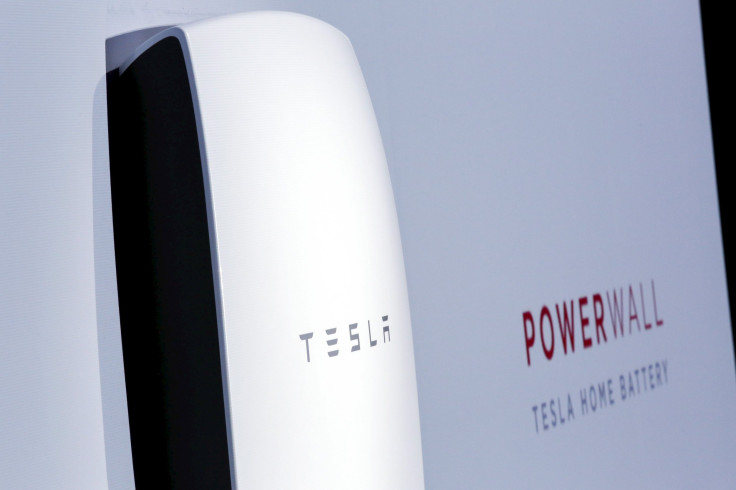Australia among first countries to use Tesla’s new Powerwall solar-energy batteries

US firm Tesla has announced Australia would be one of the first countries in the world that it would provide with its new Powerwall solar energy batteries. The new 7kWH home energy storage units will be available in late 2015 coming ahead of the previous reports indicating its release date in 2016.
The Powerwall, launched in May, is designed for the interior wall of the house that can store energy from solar panels placed on the rooftop. The storage units work with lithium-ion battery to generate electricity created by the solar panels.
Tesla has already partnered with the Canberra-based firm, Reposit Power, to launch the Powerwall. The firm is working with different residents to directly buy and sell their stored electricity.
The Business Insider reported that there is a growing list of major utility and solar supply companies aiming to partner with Tesla to launch the Powerwall storage units in the country. The sustainable energy expert at the University of Sydney, Professor Anthony Vassallo, describes Tesla’s arrival significant for the renewable energy industry because of its high-profile products.
“The Tesla product isn’t unique by any stretch, but it’s the Apple brand of the battery storage industry, they have the sex appeal that others don’t,” he said. Australians already has a great solar resource, which “makes a lot of sense” of the availability of the Powerwall batteries to store the energy created by the solar panels, Vassallo added.
More than 1.3 million households in Australia already have solar panels on their rooftop, and the number is currently increasing rapidly because of the falling PV systems price. However, the Powerwall technology still needs improvement, Vassallo said.
Some people may need several Powerwall on their walls to store the equivalent energy produced by the solar panels, as a storage unit can only store more than an hour’s electricity generated by a typical 5kWH solar system.
The Department of Labour has already set a 50 percent target of generated electricity from renewable energy by 2030. But new Prime Minister Malcolm Turnbull described the target “reckless” due to little details provided by the Labour and the cost of the goal has not been quantified.
However, Vassallo said that the country could reach the 50 percent target if it will require “well-designed policies and markets that allow a transition from centralised, large-scale fossil fuels to efficient but variable renewables.” Storage is a key part to make the goal successful, he added.
Once the officials have managed the capital cost of the renewable energy, Vassallo said, there would be no fuel cost. The availability of renewables would aid energy security where people “don’t get with fossil fuels.”
Contact the writer at feedback@ibtimes.com.au or tell us what you think below





















